2012: The Transition From ReadWriteWeb to ReadWrite
After its acquisition of ReadWriteWeb, SAY Media widens our coverage but does not give the site the resources it needs. Later, several key people leave SAY and/or RWW — including me.
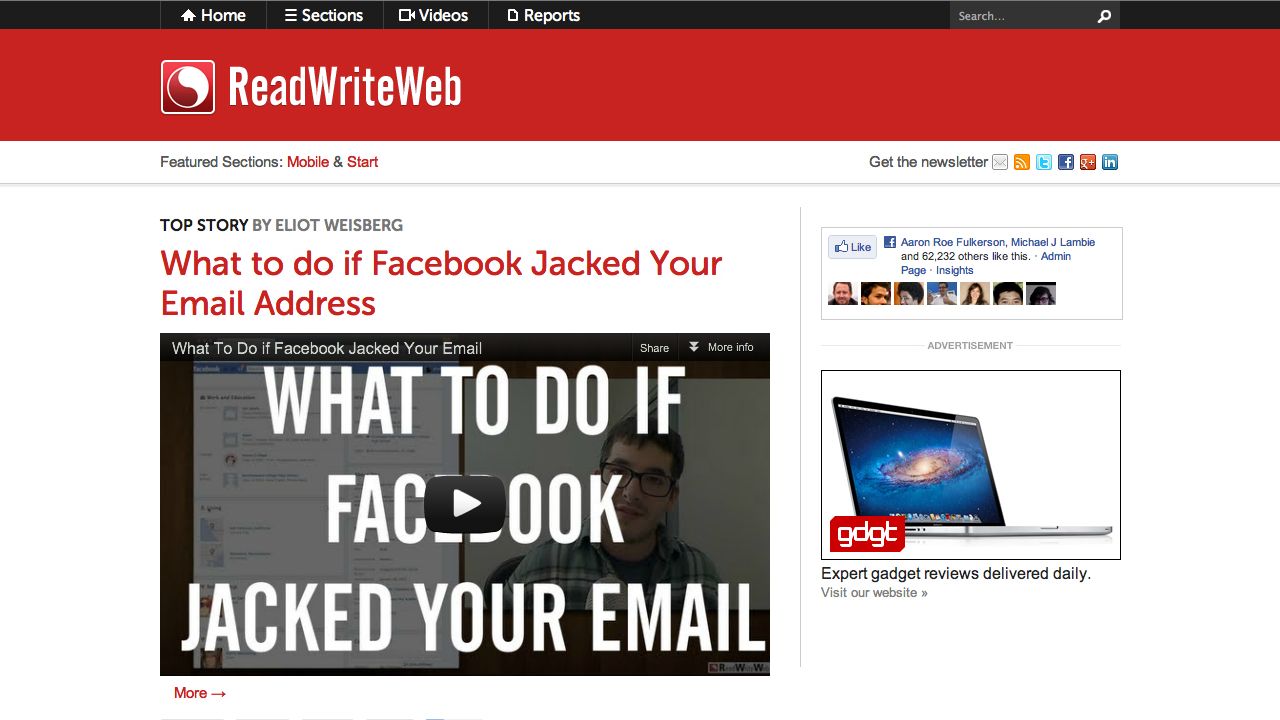
The pressure certainly came off me in 2012, after I'd sold the business, but I still had a job to do as ReadWriteWeb’s editor in chief. I traveled back to San Francisco for a week in February, during which I went to SAY Media’s office every day like a normal employee, with Kourosh as my guide. I would also be relying on Abraham as my on-the-ground lieutenant—SAY had convinced him to move from Portland to San Francisco, and he began working at their office on the Monday after I’d gone home.
As for the others, David Strom had decided not to become a SAY employee, so his role as channels editor was taken by Fredric Paul (who’d spent about nine years at TechWeb). SAY also hired Ted Greenwald, another veteran of the eighties and nineties IT media era, as senior editor. But, to my disappointment, Kourosh decided not to immediately hire any of the writers as full-time employees. This was frustrating to me, since I wanted RWW to be the kind of place where a Sarah Perez or a Frederic Lardinois would want to work. (By mid-2012, both were full-time employees of TechCrunch—and are still there to this day!)
The two key writers I wanted to hire as employees were Jon Mitchell and Dan Rowinski. Fortunately for RWW and SAY, both were still young enough that they didn’t mind continuing as contractors for now. But I objected to this decision because one of the main reasons I had sold RWW to SAY was to give the business more resources.
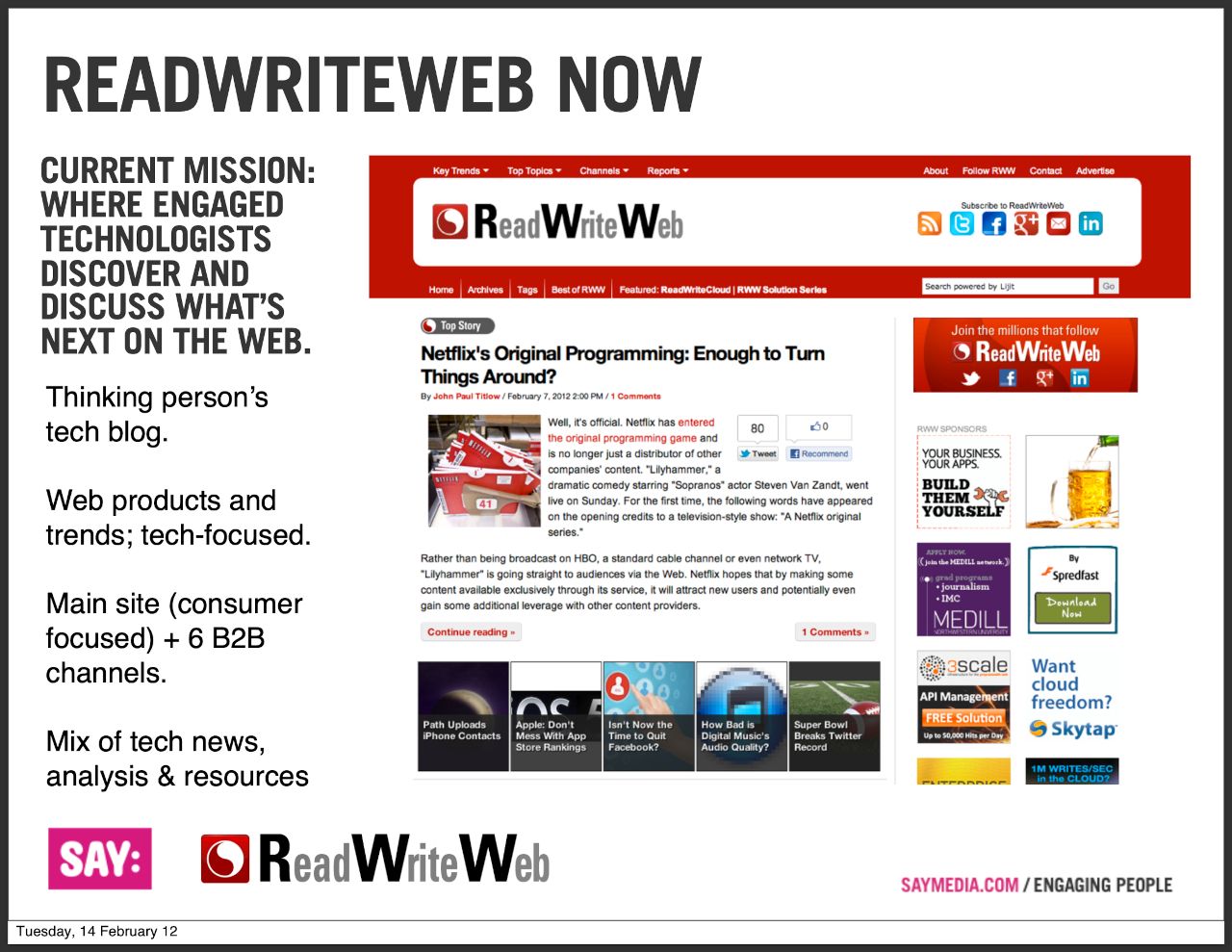
During my February trip, I did a “brown-bag” presentation to all of SAY’s employees about RWW. This is when I unveiled our new editorial direction, which had been heavily influenced by Kourosh and Troy. The new mission of the site was as follows: “Cheap computerization, pervasive networks and the cloud will reshape the world. ReadWrite will be the most influential news source.” The name change—we were dropping the Web part—was already firmly in the plans, primarily because we would be broadening our coverage area from web technology to technology in general.
Our target audience would shift accordingly, from “engaged technologists” to consumer users of tech—“everyone from power users to people who just bought their first iPhone.” The exception to all this were the channels, which would remain business focused (I wryly noted in the presentation that “they pay the bills”).
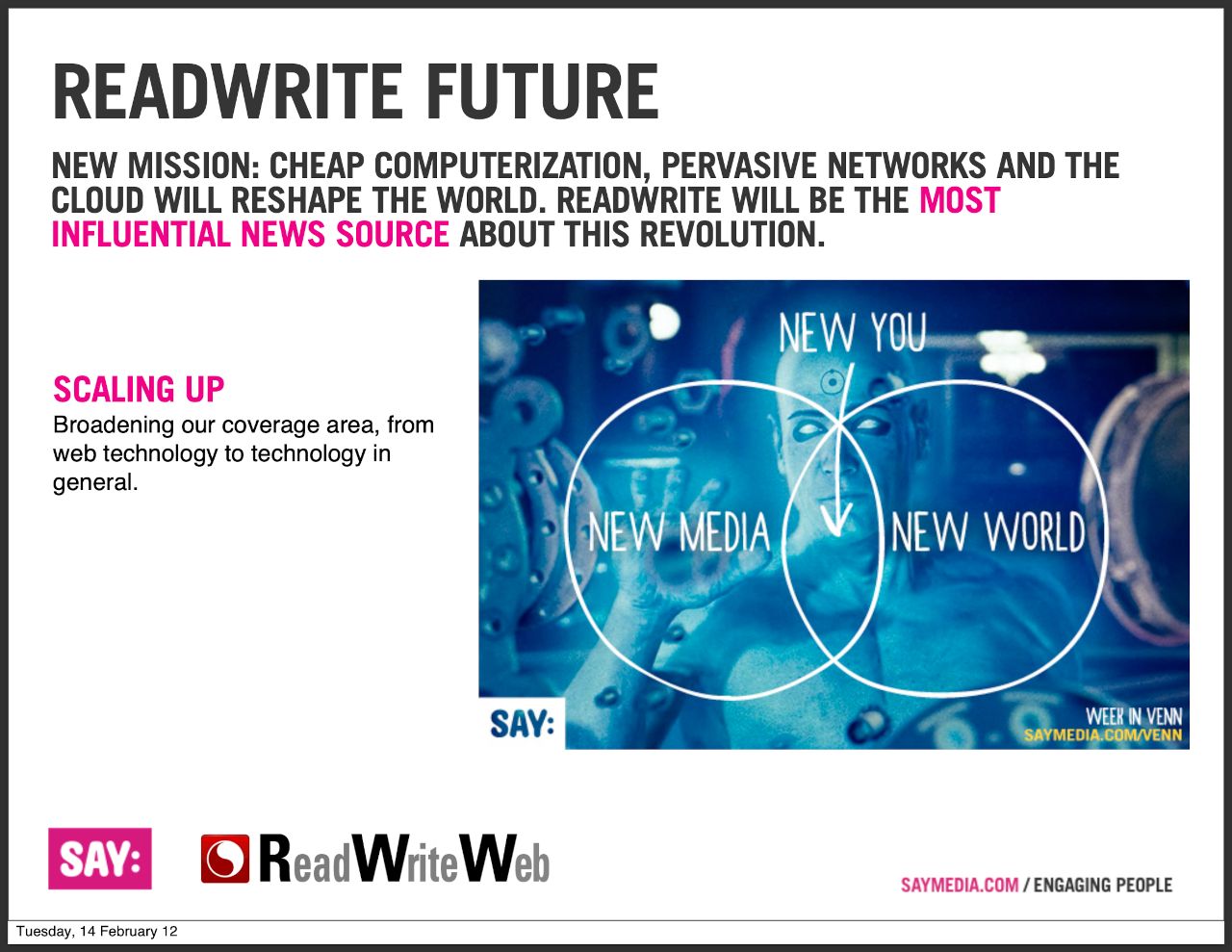
To support the editorial changes, SAY Media had commissioned a redesign from their design team, led by Alex Schleifer. At the same time, the site would be moved from Movable Type to Orion, the beta version of Tempest (created by the same person, Ben Trott).
I came back to the States in March, mainly for SXSW, and things seemed to be progressing well—other than the writer employment situation. I continued to bang the drum for both Jon and Dan, and in May I even reached out to Sarah Perez to try and poach her back. (She replied that the salary at TechCrunch was stellar and the AOL benefits were great, so she was happy where she was.) Jon got hired in June, but I didn’t know what was happening with Dan. Indeed, I complained to Kourosh at this point that I was not being kept in the loop on daily operations—I hadn’t known about Jon’s hiring until he tweeted about it, and I didn’t know what was happening with the redesign (its timeframes kept slipping).
Since this wasn’t my business anymore, I didn’t push too hard on being involved in the operational aspects of running RWW. I figured Kourosh would work with Abraham directly on the writer hires, and I didn’t want to meddle on the redesign. I must admit, though, it bothered me to not be a part of the inner circle. It just felt odd, since I was the founder and RWW had been such a big part of my life for so long. But I accepted that this was part of the deal. Also, of course, my geographic location and time zone were factors.
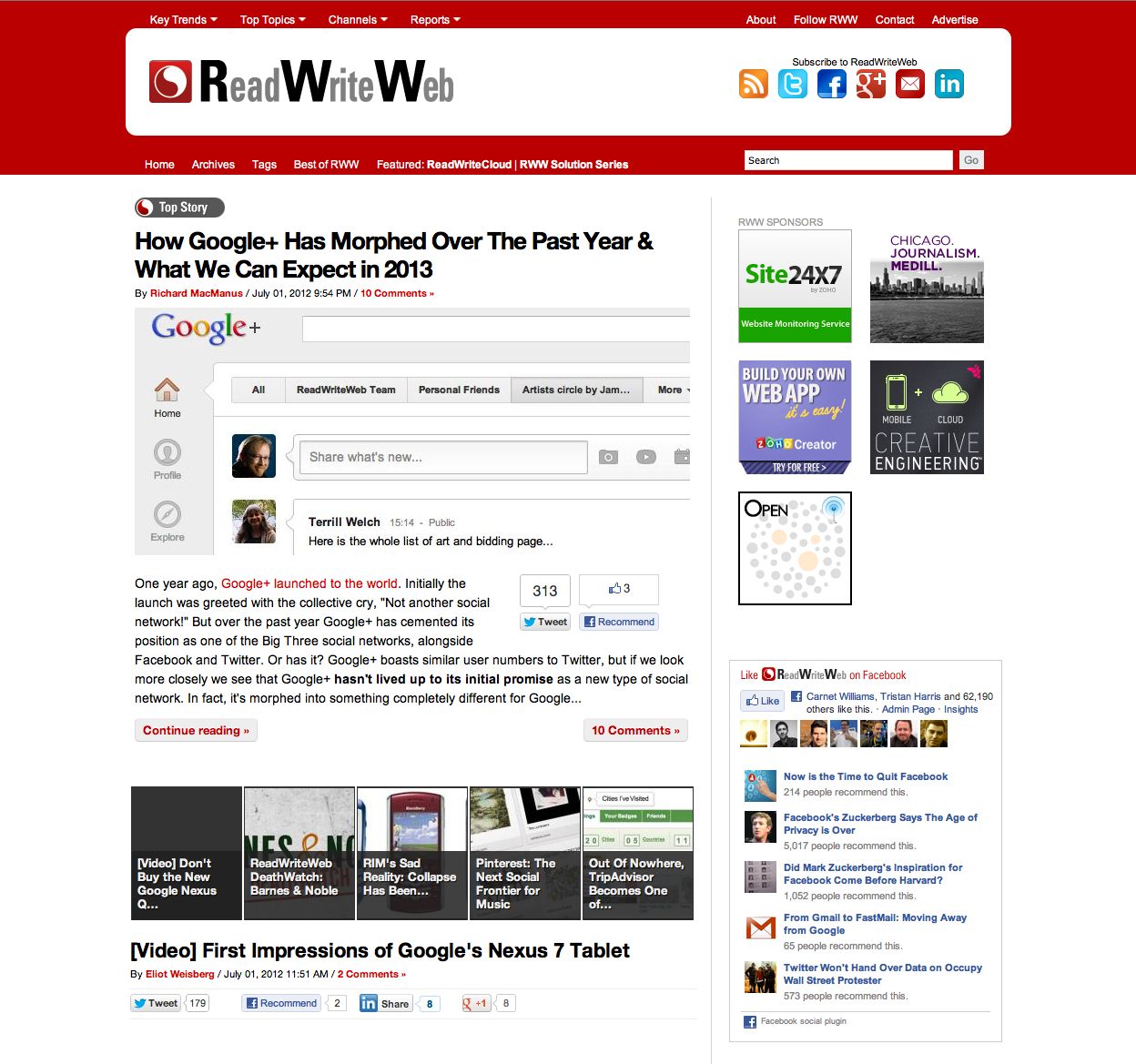
To my great relief, I finally reached a settlement on my divorce in early July. Now it felt like the financial burden I’d been carrying over the past few years had been lifted. To celebrate, I took my first-ever extended tour of Europe that month—a solo trip including London, Barcelona, Rome, Florence, and Paris. It was a wonderful holiday, a real head-clearer, even though I got lonely by the end.
Before I headed home, I spent several days in the SAY office. But by then, things had begun to turn for both RWW and SAY Media.
Troy Young left SAY at the end of July. I hadn’t had much contact with him in recent months, so I didn’t think it would have much of an impact on me. However, when Kourosh left suddenly in mid-August—for the proverbial “personal reasons,” we were told—I began to get worried. Not only had Kourosh been my main contact at SAY throughout 2012, but both he and Troy had (as I understood it) been the two main advocates for acquiring RWW in the first place. Now both were gone; what did this augur for RWW? Kourosh hadn’t given me any warning of his departure, so it was left to SAY’s CEO Matt Sanchez, with whom I’d had little personal contact, to tell me how it would affect my team. Matt emailed Abraham and me on the day Kourosh left: “Effective immediately, I am your point of contact for any support needs, budget approvals, etc,” he wrote.
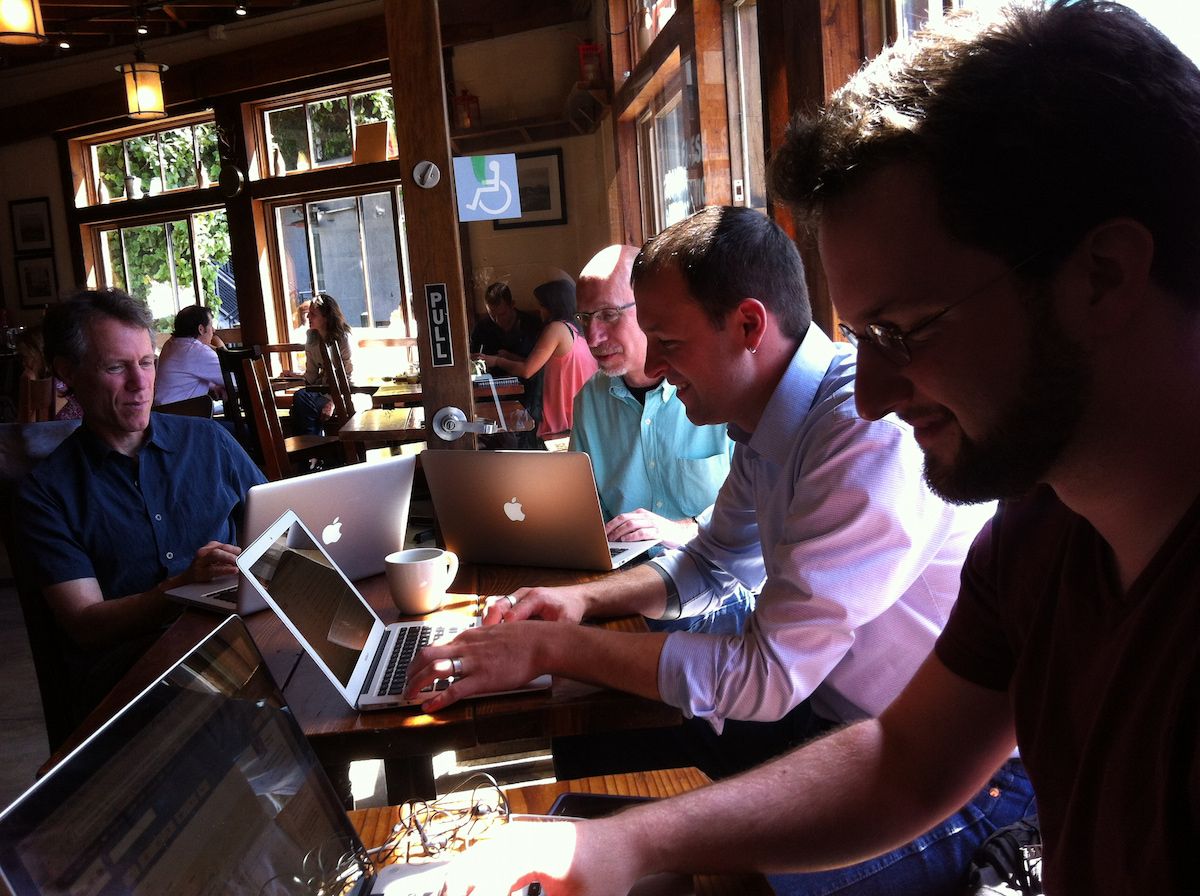
Just over a month later, on Friday, September 21, Abraham abruptly resigned. This was a shock to me, as he’d moved to San Francisco for this job just seven months before. I phoned him as soon as I heard, and he told me he’d quit because he was disillusioned with SAY management. He sounded angry and frustrated, and also a little panicked for the rest of the team—including me. He said that SAY planned to significantly downsize RWW’s budget and that they wanted to replace me as editor in chief before the ReadWrite.com relaunch next month.
I immediately emailed Sean, the only person other than Abraham who I was close to and still had a vested interest in RWW. I told him what had happened and that I was starting to get concerned about the second acquisition payment, due in December 2012. But after some back-and-forth with Sean, I said I’d hold off contacting Camille Linson (RWW’s US lawyer) for now.
At the end of the month I had a call with Matt and SAY’s lawyer, Jason Crain. I was given my notice. Matt told me they were replacing me with a US-based editor in chief. Jason assured me that the second payment in December would not be affected. But naturally, I was very concerned with this development. I immediately contacted Sean and Camille.
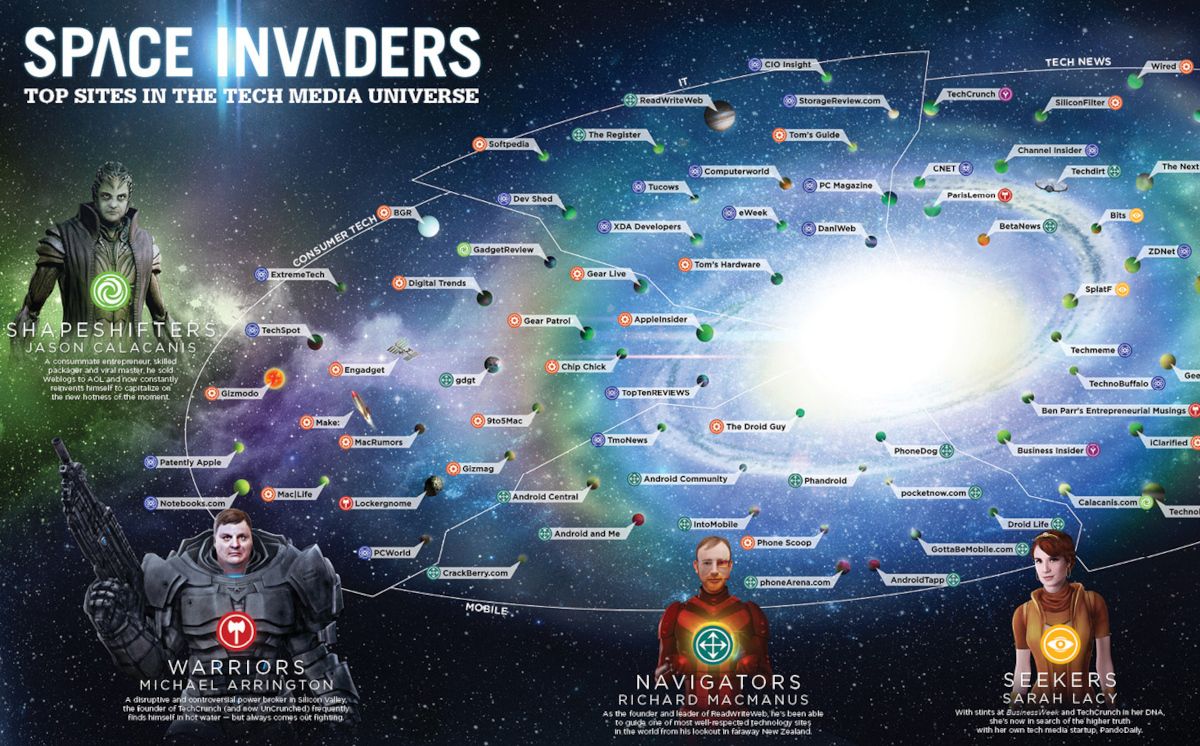
I had a trip to San Francisco booked in just a week’s time, in early October for the Health 2.0 conference. I went ahead with that trip, but I did not visit the SAY office. While I was at the conference, we did a call with Matt and Jason to sort through the end of my contract. I found a quiet spot somewhere in the depths of the Hilton at Union Square, where the conference was being held. Sean and Camille were also on the call, and Camille did a lot of the talking on our behalf. I’d always been impressed with Camille, and I was so glad she was on my side that day.
In the end, the second acquisition payment was made in October and my contract ended with no fuss or acrimony on either side. To their credit, SAY Media didn’t try to mess me around. On my part, I accepted that they wanted a local employee to manage operations from their US office. More importantly, this was clearly a sign that it was time for me to let go of RWW and move onto my next career adventure.
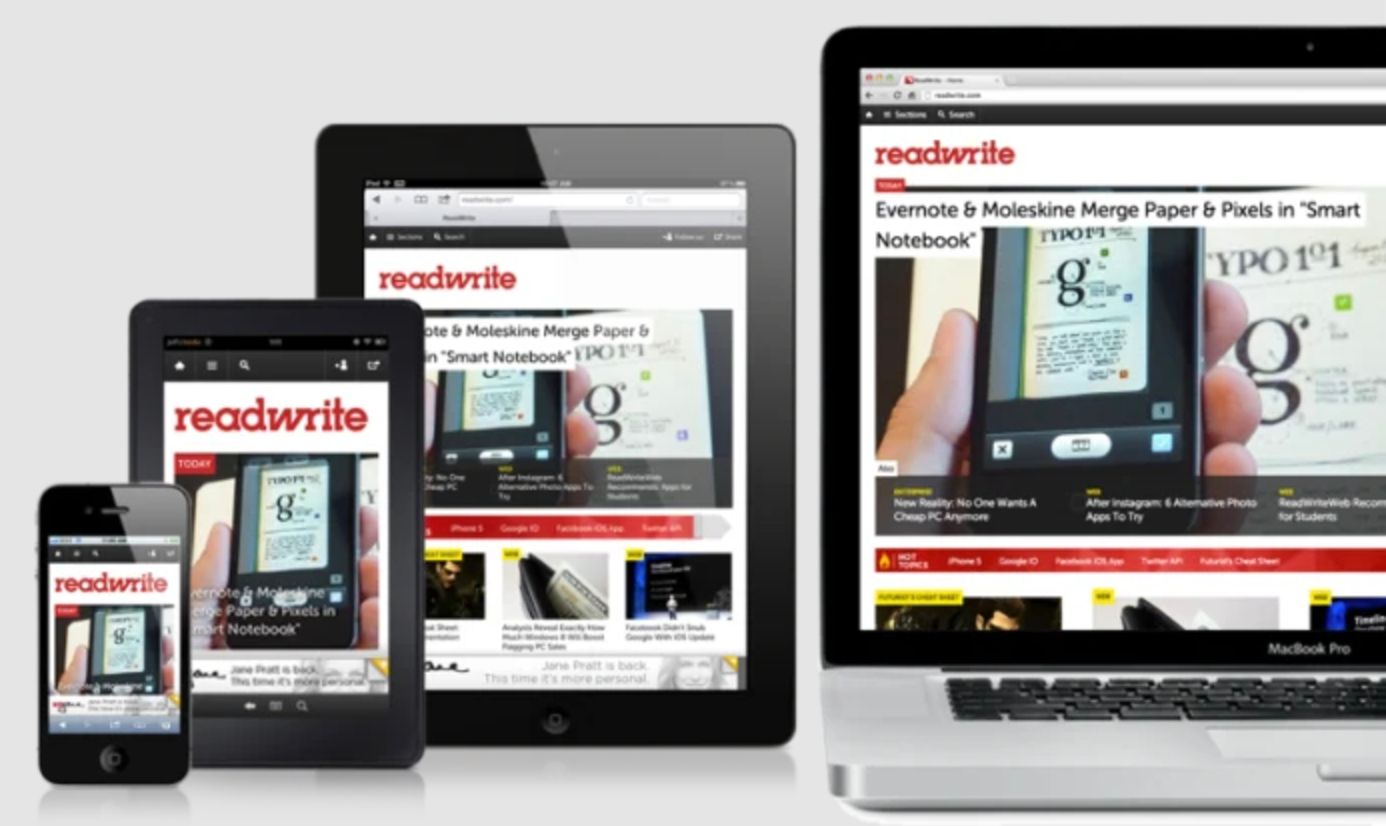
As it happened, the Health 2.0 conference inspired me to write my first book, about health technology, which I did over 2013. Even better, I finally got my act together about my own health. By early 2013 I had committed myself to the low-carb diet to help manage my type 1 diabetes (I still follow this diet today). The resulting book, Trackers: How Technology Is Helping Us Monitor and Improve Our Health, was published at the end of 2014.
The rebranding from ReadWriteWeb to ReadWrite, and the attendant switch in domain name, happened a week or so after I left the site. It was, in retrospect, a good way to mark the end of an era. My tech blog will forever be known to me as ReadWriteWeb. After that, it just wasn’t the same anymore—literally, in terms of its name, but also in spirit.
This post is part of my serialized book, Bubble Blog: From Outsider to Insider in Silicon Valley's Web 2.0 Revolution. View table of contents.
Next up: 067. The End of Web 2.0 — One Bubble Deflates, Another Starts Up
Buy the Book
My Web 2.0 memoir, Bubble Blog: From Outsider to Insider in Silicon Valley's Web 2.0 Revolution, is now available to purchase:
- Paperback, US$19.99: Amazon; Bookshop.org
- eBook, US$9.99: Amazon Kindle Store; Apple Books; Google Play
Or search for "Bubble Blog MacManus" on your local online bookstore.